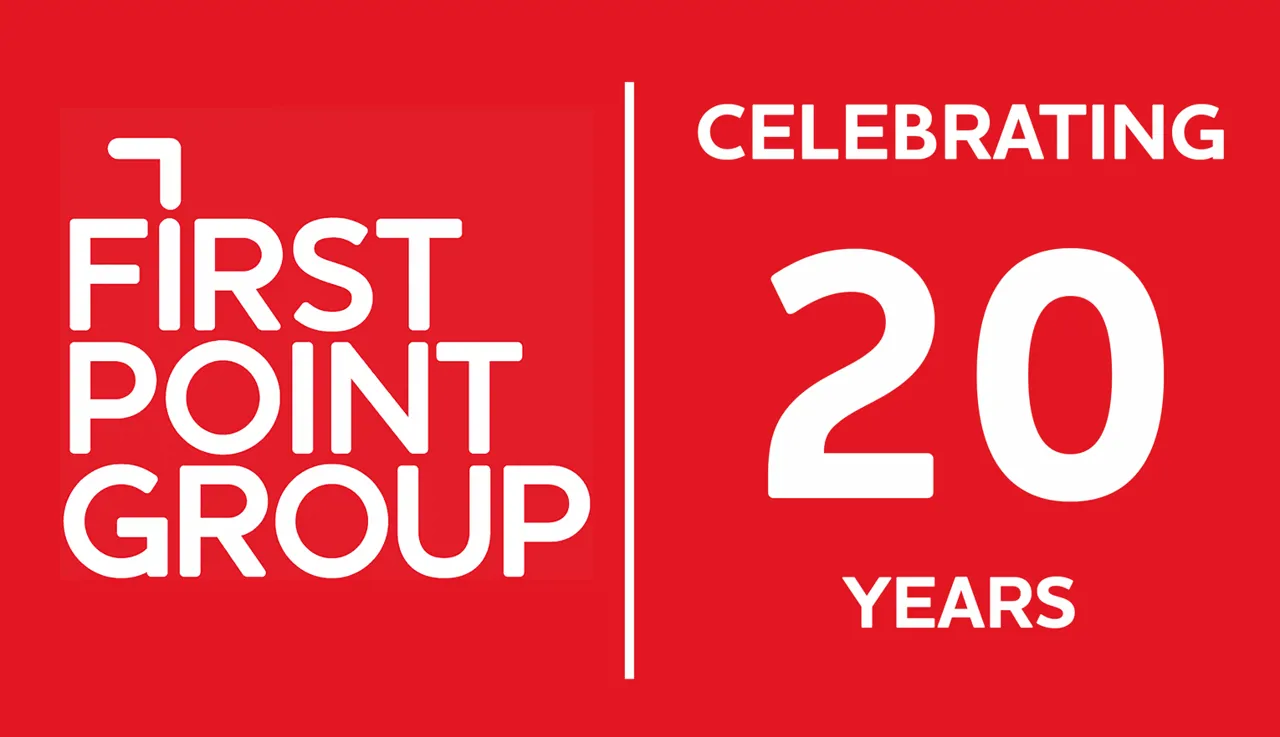
Once described as the ‘Lego’ of the telecoms world – a simple but fair comparison – Open RAN’s potential hasn't had the desired trajectory as was predicted even a few short years ago. With its ability to assemble networks in myriad ways (rather than relying on the major vendors), Open RAN caused waves of enthusiasm.
Projections in 2021 by various firms suggest that Open RAN’s revenue and market value could grow exponentially during the following years with Dell’Oro once reporting that Open RAN’s total worldwide sales revenue could reach $10bn by 2025. This hasn't come to fruition and in 2024, the open ran market was valued at just over a quarter of that - $2.8bn. But why? What caused the once 'hottest thing in telecoms' to not fulfil its promise. Here are several key reasons:
- Technological Complexity and Performance Concerns: Open RAN introduces a disaggregated architecture, which complicates integration and can lead to performance issues. Achieving feature and performance parity with traditional RAN systems has proven difficult, particularly in handling advanced functionalities like massive MIMO (Multiple Input Multiple Output) technology. The O-RAN Alliance's efforts to address these challenges, such as developing new front-haul specifications, are ongoing but have not yet fully resolved these issues.
- Integration and Interoperability Challenges: The open interfaces of Open RAN require seamless integration of hardware and software from multiple vendors. This multivendor approach introduces complexities in system integration and operations, leading to potential misconfigurations and operational inefficiencies. The lack of mature systems integration models has been a significant barrier to large-scale deployments.
- Economic and Investment Considerations: The total cost of ownership (TCO) for Open RAN solutions has been higher than anticipated. Operators are cautious about investing in a technology that has not yet demonstrated clear cost benefits over traditional RAN systems. Uncertainties regarding return on investment have led to hesitancy in committing to widespread Open RAN deployments.
- Ecosystem Maturity and Vendor Support: The Open RAN ecosystem is still developing, with limited participation from major RAN vendors. This has resulted in a lack of robust, field-proven solutions and has slowed the pace of adoption. The need for a more mature and diverse vendor ecosystem is critical for accelerating Open RAN deployment
So while Open RAN holds significant promise for transforming mobile networks, its adoption in 2024 has been impeded by technological, operational, economic, and ecosystem challenges that were not fully anticipated several years ago.


 Asia
Asia
 France
France


